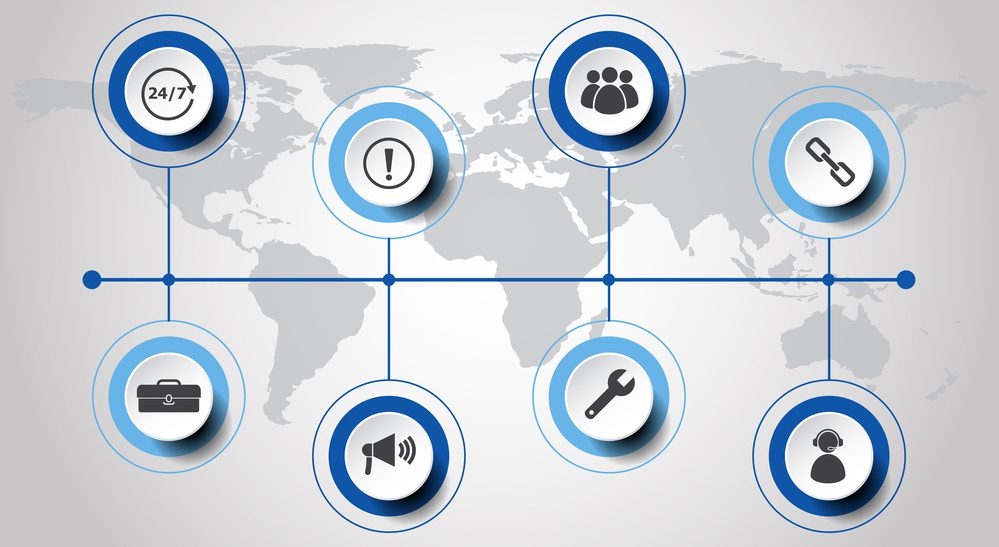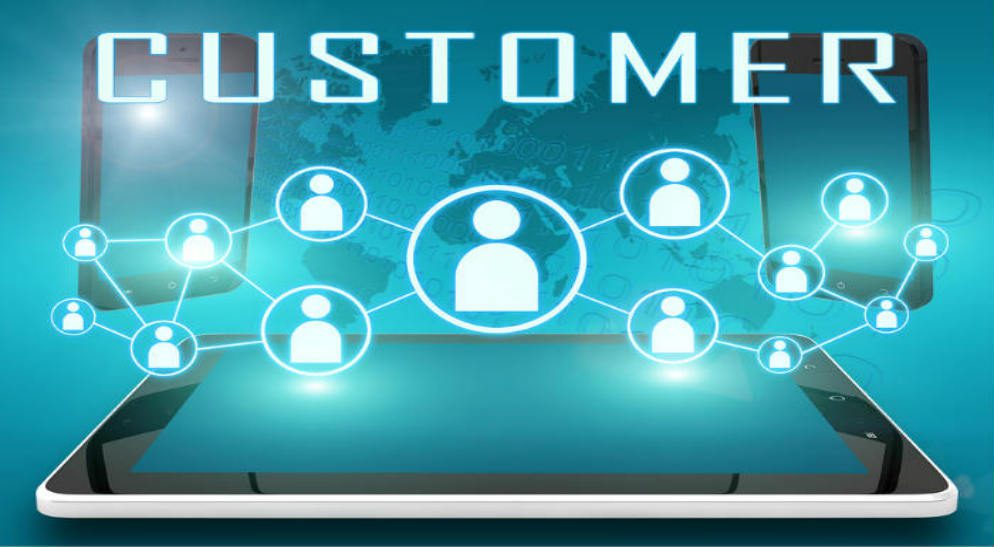Your contact centre is more than a factory for providing advice and solving problems. No longer are contact centres voice-driven departments whose goal is to get people off the phone as quickly as possible lest the call queues increase. It is a place that brings people together. It connects customers with your brand and provides agents with the tools they need to foster relationships and support customers through whatever guidance they seek.
As such, your contact centre technology should be a hub of communication platforms that enable agents, customers and other business departments to collaborate and solve problems together.
From a call centre to an experience hub
As the world becomes more digital, so do our interactions. We shop, book travel and even order food online. So it is no surprise that many of us expect customer service to include online channels. And that is where the contact centre comes in.
In recent years, leaders have shifted how they think about contact centres. No longer are they seen as a call centre for patching customer issues, but instead as an opportunity to create connected, digital customer experiences.
Part of this comes from a significant mindset shift. Contact centres must become experience hubs where customers can get the help they need and the human interaction they want when they have queries. Such a mindset shift means considering the contact centre not as a costly business department but as a revenue generator. It also means shifting from a focus on customer transactions to a focus on customer relationships.
Technological advances and the prevalence of omnichannel contact centres have driven such changes and provided the platform for personalised customer experiences.
What challenges does contact centre technology solve?
Contact centres deal with common, longstanding issues that often make it difficult for people to bring your contact centre to an experience hub. Here are some challenges that robust contact centre technology solves to bring people together:
- High call volumes make it difficult for agents to give customers the individualised attention they need when contacting the company with a query or complaint. Customers also become frustrated when they experience long wait times.
- Customer dissatisfaction: When your contact centre lacks personalisation and meaningful human interaction, it becomes difficult to retain customers. Customers want to feel valued and appreciated, which can be difficult to achieve with automated platforms that lack personalisation or remove the human element from your contact centre.
- Agent attrition rates can be high in contact centres, causing challenges such as training new employees, low staff morale and poor customer service due to agents with less experience. Agents need technology connecting them with knowledge bases, training resources and their colleagues, so new starters feel supported.
How contact centre technology fosters agent collaboration
Agent collaboration is essential to providing excellent customer service. By working together, agents can share information and ideas, solve problems efficiently, and provide a better overall customer experience.
Naturally, some agents might prefer to handle specific issues or have more knowledge of one area in the business. Newer agents may also need guidance or help from other agents and need technology solutions that enable them to connect with their colleagues quickly and efficiently.
Contact centre technology supports agent collaboration and helps contact centres run more smoothly. For example, many contact centre solutions integrate with unified communications platforms such as Microsoft Teams, which offer features like group chat and instant messaging that make it easy for agents to collaborate.
By investing in contact centre technology, you can create a more collaborative environment, which leads to better customer service, higher staff retention and improved business outcomes.
Collaboration across the organisation
One of the most important aspects of contact centre technology is its ability to unite the organisation. In the past, contact centres remained siloed from the rest of the business, but modern technology has made it possible to integrate them into the wider business.
Contact centre technology should provide a single point of contact between your agents and others working in departments across the business. If an agent does not have the answer to a customer query, they can contact someone in another department to help them answer the question or even forward the caller to that person. If the agent does not know who to contact, they can connect with the department and find the right person to connect with the caller.
Contact centre technology is, therefore, a valuable tool for organisations looking to support collaboration across the business. Contact centre technology facilitates communication and improves the customer experience by providing a central point of contact between departments.
Omnichannel technology connects your brand and customers
People are constantly on the move and always connected in today’s world. It has led to a new set of challenges for businesses, which now need to provide customer support across various channels. The aim of contact centre technology should be to seamlessly bring the human element into the contact centre technology rather than remove it.
Omnichannel contact centre solutions bring voice, chat, email, SMS and social media into one platform, making it easy for agents to provide a seamless customer experience. These channels enable customers to connect with you in the method of their choice. One person might prefer to raise an issue via instant messaging, and another might prefer to chat with an agent over the phone.
In addition, omnichannel contact centre solutions allow businesses to track all customer interactions in one place, giving them valuable insights into customer behaviour. By using data from previous interactions, you can provide a more tailored service that meets each customer’s specific needs and maximise your ability to achieve first contact resolution.
Overall, omnichannel contact centre solutions are valuable for businesses that want to provide an outstanding customer experience. They bring people together, make it easy to track interactions and provide valuable insights into customer behaviour.
How Premier Contact Point brings people together
Our cloud contact centre solution delivers contact centre training that support your customers and agents. We provide affordable, innovative features, such as visual IVR, CRM integration, self-service options and omnichannel queueing.
You can get in touch with us to book a demo of our cloud contact centre solution.







